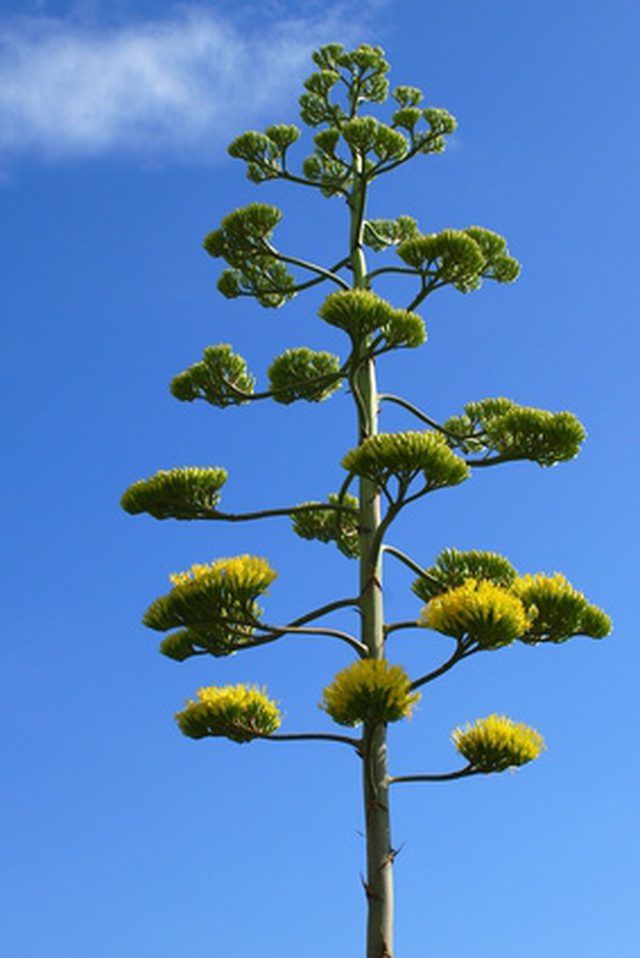Bulbs
Flower Basics
Flower Beds & Specialty Gardens
Flower Garden
Garden Furniture
Garden Gnomes
Garden Seeds
Garden Sheds
Garden Statues
Garden Tools & Supplies
Gardening Basics
Green & Organic
Groundcovers & Vines
Growing Annuals
Growing Basil
Growing Beans
Growing Berries
Growing Blueberries
Growing Cactus
Growing Corn
Growing Cotton
Growing Edibles
Growing Flowers
Growing Garlic
Growing Grapes
Growing Grass
Growing Herbs
Growing Jasmine
Growing Mint
Growing Mushrooms
Orchids
Growing Peanuts
Growing Perennials
Growing Plants
Growing Rosemary
Growing Roses
Growing Strawberries
Growing Sunflowers
Growing Thyme
Growing Tomatoes
Growing Tulips
Growing Vegetables
Herb Basics
Herb Garden
Indoor Growing
Landscaping Basics
Landscaping Patios
Landscaping Plants
Landscaping Shrubs
Landscaping Trees
Landscaping Walks & Pathways
Lawn Basics
Lawn Maintenance
Lawn Mowers
Lawn Ornaments
Lawn Planting
Lawn Tools
Outdoor Growing
Overall Landscape Planning
Pests, Weeds & Problems
Plant Basics
Rock Garden
Rose Garden
Shrubs
Soil
Specialty Gardens
Trees
Vegetable Garden
Yard Maintenance
How to Care for a Century Plant
How to Care for a Century Plant. The century plant is a member of the agave family native to Central America, Africa, Europe and Australia. The plant is commonly grown for its evergreen ornamental foliage. It can grow up to 10 feet in height and 13 feet in diameter. The name "century plant" comes from a myth that the plant only blooms once every...

The century plant is a member of the agave family native to Central America, Africa, Europe and Australia. The plant is commonly grown for its evergreen ornamental foliage. It can grow up to 10 feet in height and 13 feet in diameter. The name "century plant" comes from a myth that the plant only blooms once every 100 years. This is false, however, as the plant can bloom after 5 to 25 years of growth under the proper conditions.
Things You'll Need
Organic compost
Garden spade
Fertilizer
Plant during late spring in a location that receives direct sunlight throughout most of the day and has well-drained soil. Spread 2 inches of organic compost over the planting site and use a garden spade to incorporate it into the soil to increase fertility.
Create a small slope in the soil leading away from the plant to force excess water to drain away and prevent possible root rot. Begin the slope at the base of the century plant and extend it 12 inches in the desired direction.
Water a century plant three to five times per week during the first two months of growth. Reduce the frequency to twice per week thereafter to prevent the soil from becoming saturated. Do not water during winter or root rot may occur.
Feed the century plant once per year in January, using a balanced 10-10-10 NPK fertilizer. Water the plant both before and after applying the fertilizer to prevent nitrogen burn. Follow the instructions provided by the manufacturer for proper dosage.
Prune the century plant once per year in early spring to keep the plant healthy and aesthetically pleasing. Remove any dead or damaged leaves from their point of origin to minimize damage and prevent possible disease.
Tips & Warnings
Do not plant the century in the ground in regions where winter temperatures drop below 32 degrees Fahrenheit. Plant in a large container that can easily be transferred indoors when temperatures drop.
Wear gloves when handling century plants to prevent possible injury. Keep it out of reach of children and pets.